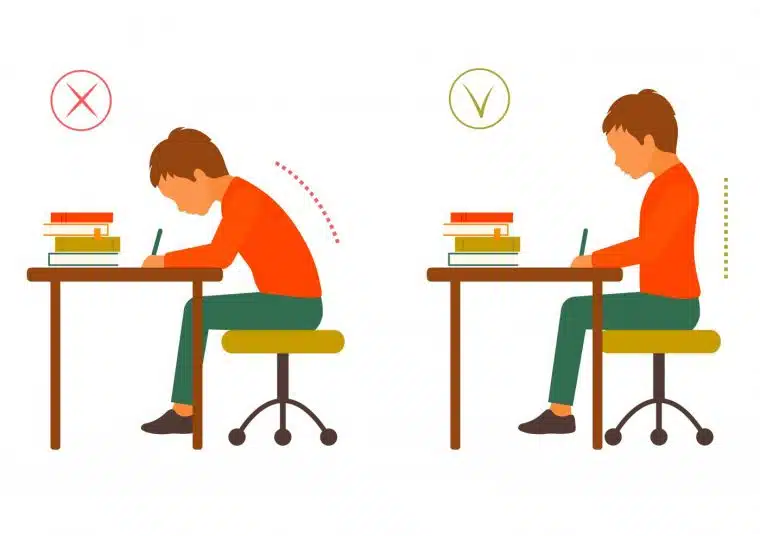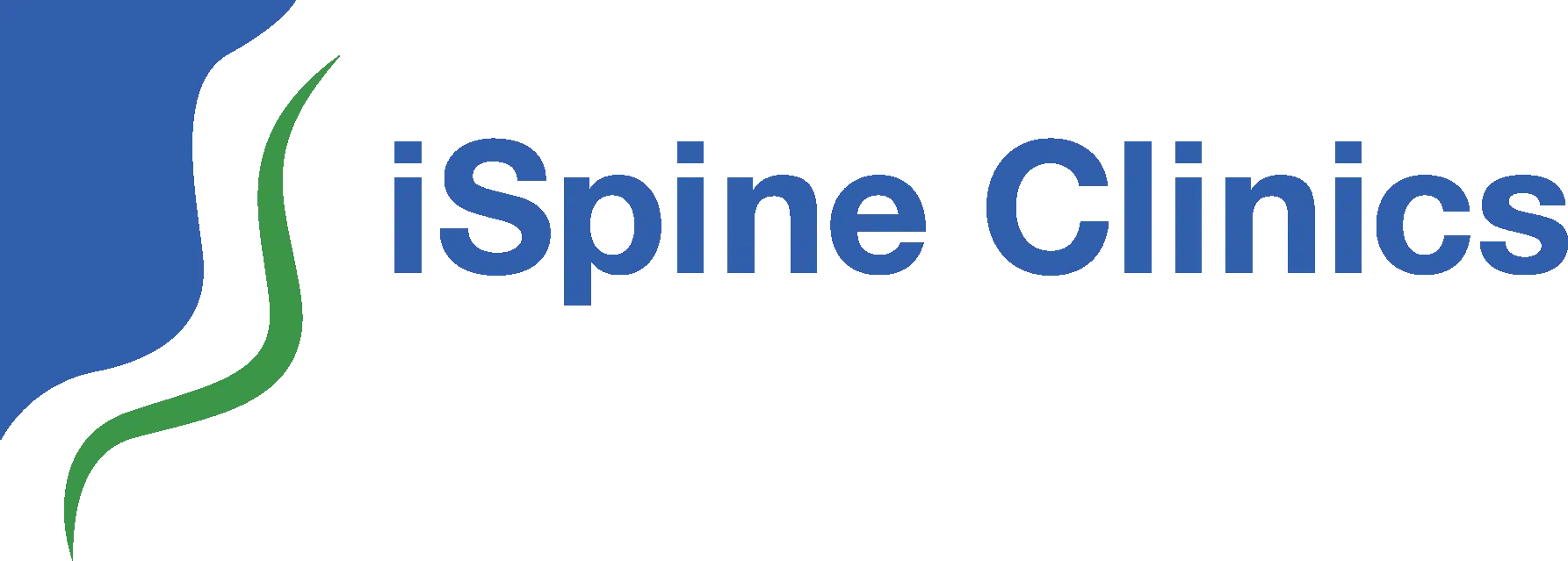If you are a teacher, administrator, or work in a school or college setting, you likely see children and young adults slouching at desks day in and day out. Often, the desks at school are one size fits all, with no lumbar support. This lays the foundation for a lifelong habit of poor posture. But, we are here to remind you that you can make a difference by demonstrating and regularly encouraging proper posture!
A guide to establishing good habits while preventing pain and injury

Tips for Proper Posture
- Keep a centered spine
Keep your neck straight, don’t allow your chin to lean forward
Think ears over shoulders
- Keep shoulders relaxed
Overactive shoulders, IE: shoulder shrugging, can result in neck pain and headaches
- Feet flat on the floor
Allows for your feet to help center your body and not lean to one side or the other
- Use a sit/stand desk if available
Allows your body to move every 20-30 minutes into a new position and decreases the chance of being in a poor position for extended periods of time
- Use back support tool(s)
McKenzie Lumbar Roll, Stress Wedge and Mesh Back Support
- Take regular breaks
If you don’t have access to a sit/stand desk then taking a 5-minute stretch break or 10-minute walk to prevent you from sitting in one position for too long
- Check the weight of your backpack
Backpacks should weigh 10% or less than the individual’s weight carrying it
Example: 150 lbs student’s backpack should weigh no more than 15 lbs
As therapists who treat neck and low back pain every day, we truly don’t want to see your child being our patient at a future point in their life, if we can help it. One of the best ways to teach our kids is to model positive behavior ourselves, so now is a great time to work on improving your posture, too!
The occupational and physical therapists at iSpine Clinics are experts on ergonomics, posture and body mechanics. iWorks Health, a division of iSpine Clinics, offers employers ergonomic consultation and performs job analyses to identify risk factors and ergonomic concerns, suggest modifications, and monitor outcomes to reduce overall injury risk. If this is something you’re interested in learning more about, Contact Us.

